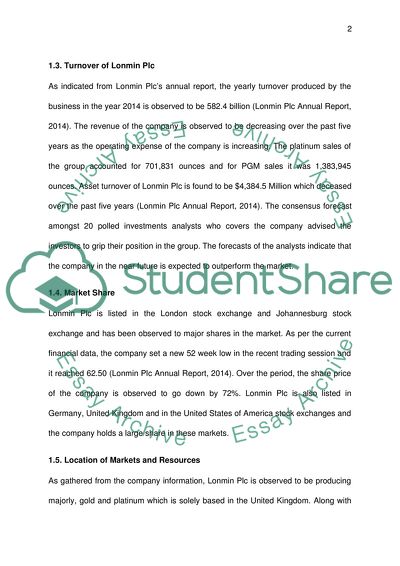Cite this document
(“Financial strength and developments of Lonmin Plc Essay”, n.d.)
Financial strength and developments of Lonmin Plc Essay. Retrieved from https://studentshare.org/finance-accounting/1700042-financial-strength-and-developments-of-lonmin-plc
Financial strength and developments of Lonmin Plc Essay. Retrieved from https://studentshare.org/finance-accounting/1700042-financial-strength-and-developments-of-lonmin-plc
(Financial Strength and Developments of Lonmin Plc Essay)
Financial Strength and Developments of Lonmin Plc Essay. https://studentshare.org/finance-accounting/1700042-financial-strength-and-developments-of-lonmin-plc.
Financial Strength and Developments of Lonmin Plc Essay. https://studentshare.org/finance-accounting/1700042-financial-strength-and-developments-of-lonmin-plc.
“Financial Strength and Developments of Lonmin Plc Essay”, n.d. https://studentshare.org/finance-accounting/1700042-financial-strength-and-developments-of-lonmin-plc.


